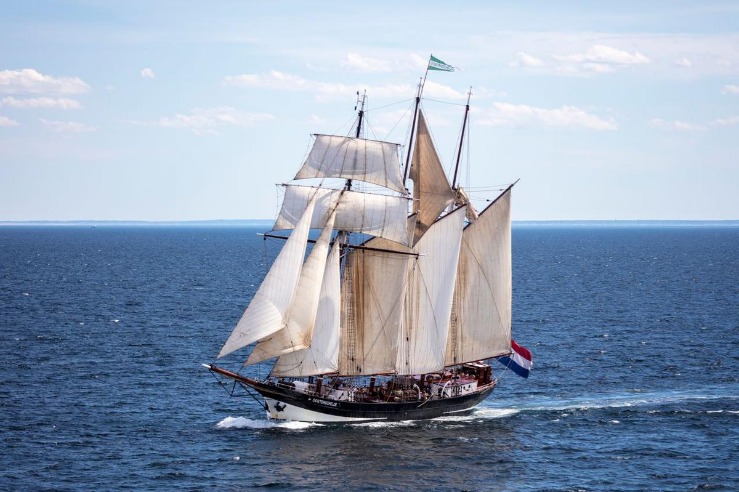Throughout history, historical sailing ships have played a crucial role in shaping the course of human civilization. These majestic vessels have crossed vast oceans, opened up new trade routes, and sparked exploration and discovery. Here, we delve into the fascinating world of historical sailing ships and their enduring legacy.
Evolution of Historical Sailing Ships
From the ancient Phoenician galleys to the mighty Spanish galleons of the Age of Exploration, historical sailing ships have evolved over centuries. These vessels were not only marvels of engineering but also symbols of power and prestige.
Key Features of Historical Sailing Ships
- Masts and Sails: The iconic sight of billowing sails against a clear blue sky is synonymous with historical sailing ships.
- Hull Design: From the sleek lines of clipper ships to the sturdy bulk of warships, the hull design of sailing vessels varied according to their purpose.
- Rigging and Rope Work: Intricate rigging systems and skilled sailors were essential for maneuvering these massive ships on the open seas.
Legacy of Historical Sailing Ships
The legacy of historical sailing ships can still be felt today in many aspects of modern life. Here are a few ways in which these vessels have influenced our world:
- Trade and Commerce: Historical sailing ships opened up new trade routes and connected distant lands, laying the foundation for today’s global economy.
- Exploration and Discovery: From Columbus’s voyage to the New World to Cook’s exploration of the Pacific, sailing ships were instrumental in expanding our knowledge of the world.
- Military Power: Navies around the world relied on sailing ships for centuries to project power and protect their interests on the high seas.
Frequently Asked Questions
Q: What is the most famous historical sailing ship?
A: One of the most famous historical sailing ships is the HMS Victory, the flagship of Admiral Lord Nelson at the Battle of Trafalgar in 1805.
Read more about historical sailing ship here.
Q: How did historical sailing ships navigate the open seas?
A: Historical sailing ships used a combination of celestial navigation, maps, and compasses to navigate the vast oceans.
In conclusion, historical sailing ships are more than just vessels; they are symbols of human ingenuity, ambition, and courage. Their legacy lives on in the annals of history, inspiring us to push the boundaries of exploration and discovery.


